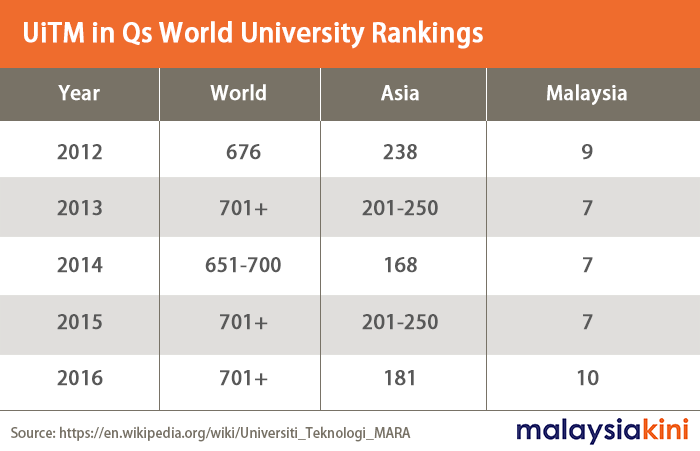COMMENT | Amongst inclusion, integration, affirmative action, ethnic preference or similar policies implemented to redress perceived socio-economic differences or imbalances in social groups, probably the longest lived and arguably most successful of those pursued by the world's nations have been those of Malaysia in the field of education.
The beginnings of this achievement in education can be traced to active measures undertaken by the British colonial government to upgrade the economic progress of Malays in 1950 through the establishment of the Rural Industrial Development Authority (Rida).
According to an official history account, Rida had first opened its doors to some 50 students to help in the training of rural Malays in 1956.
Following independence and the May 13 racial violence, Rida morphed to become Majlis Amanah Rakyat or Mara as everyone today knows it.
Since then, this modest educational component of Rida/Mara has grown to become the largest higher education institution in the nation.
Today, Universiti Teknologi Mara (UiTM) comprises one main campus, 13 state campuses and 22 satellite campuses. With 17,000 academic and non-academic staff, UiTM offers over 500 programmes ranging from foundation to postgraduate level.
 It has some 170,000 students - all bumiputeras and a small number of international - and teaching is fully conducted in English.
It has some 170,000 students - all bumiputeras and a small number of international - and teaching is fully conducted in English.
There is no disputing the benefits and advantages that ethnic preference policies in higher education have had for the Malays. UiTM can be said to have spawned an entire generation of the Malay middle and upper class. It has also been the catalyst to the rapid proliferation of Malays in key targeted professional and high income groups during the New Economic Policy (NEP) and post-NEP era...

